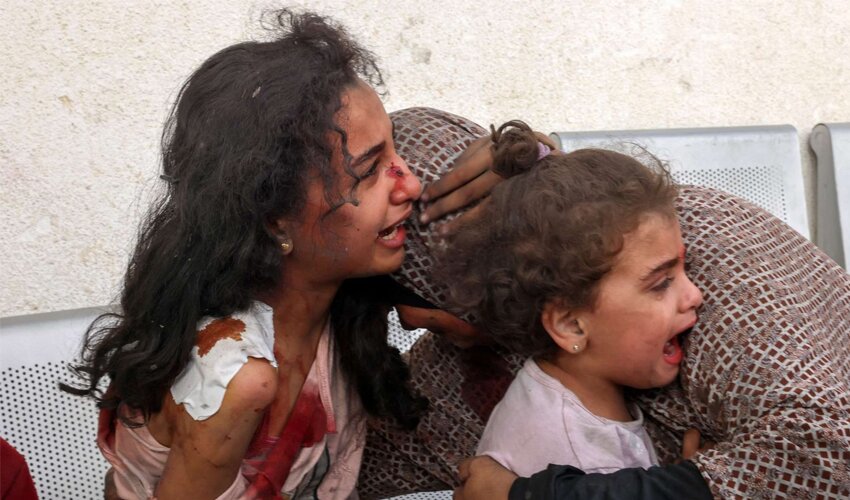Tragedy after tragedy for dislocated Gaza families

For nearly eight excruciating months, the people of Gaza have endured relentless displacement, pursued like prey and torn apart by the ongoing conflict that has ravaged their homeland.
Even the most skilled writers find it challenging to convey the full scope of the daily tragedies that unfold in that land, particularly affecting the most vulnerable members of society—women, children, and the elderly.
How does one adequately express the unimaginable anguish of families deprived of basic necessities, forced to seek shelter amidst ceaseless bombardments, their very survival hanging by a thread?
Consider the heart-wrenching image of a mother cradling the corpse of her child, a victim of the indiscriminate violence wrought by Israeli airstrikes. The inconsolable sorrow she feels cannot be put into words.
Imagine the profound despair of a child orphaned in an instant by the horrors of war, left to navigate a world torn apart by conflict and loss.
Just eight months ago, the idea that civilians in the 21st century would endure starvation and become targets in places of worship, schools, and hospitals was unimaginable to many worldwide. Yet, here we are, witnessing the unfathomable reality of human suffering in the modern age.
It is almost beyond belief to picture a father venturing out into the perilous streets of Gaza, risking his life to secure food and water for his starving family, only to meet a tragic end at the hands of occupying forces.
Similarly, the idea of a severely injured person undergoing amputation without anesthesia is deeply distressing, a stark reminder of the lack of basic medical supplies in a region besieged by conflict.
Equally, it is heartbreaking that a grief-stricken family is being forced to leave everything behind in central or northern Gaza and take refuge in a plastic makeshift camp in Rafah, but, in the dead of night, missiles rain down on them and burn them alive.
